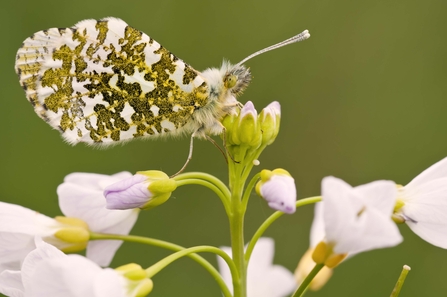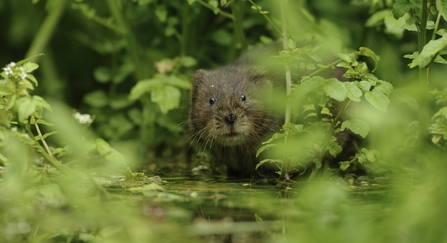In September 2009, Labour’s Hilary Ben (then Secretary of State in the Department for Environment, Food and Rural Affairs) asked Professor Sir John Lawton to chair a review of England’s wildlife network. A year later, Lawton’s panel published a landmark report entitled ‘Making Space for Nature: A review of England’s Wildlife Sites and Ecological Network’.
Over the course of the 12 years since its publication, what has become known as the Lawton Review, has had an impact beyond England and become a well-known document throughout the UK’s nature management community, not least because it outlined a series of principles, which, although largely self-evident, had never before been spelled-out quite as clearly, and certainly not in a government report. These ‘Lawton Principles’ were summarised in the Review as follows: “The essence of what needs to be done to enhance the resilience and coherence of England’s ecological network can be summarised in four words: more, bigger, better and joined.”
These four, one-word, principles have become the basis of the strategies of many organisations in the wildlife world, and they are clearly echoed in Gwent Wildlife Trust's Vision and 2030 Strategy Goals. So how do we go about putting the Lawton Principles into practice?



